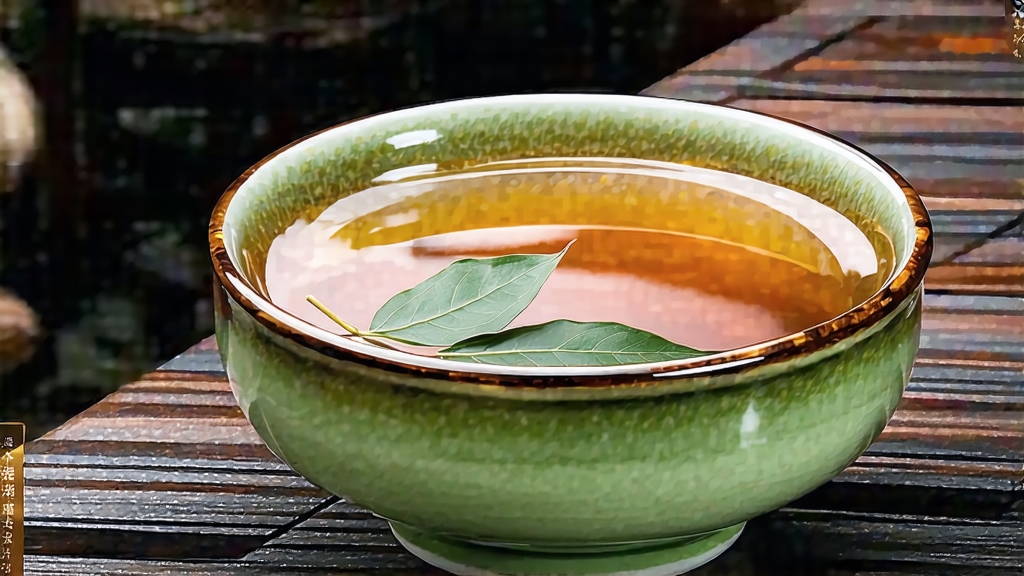
Tucked away in the humid, karst-veined mountains of southern Guangxi, Liu Bao tea has spent four centuries quietly fermenting while its more famous cousins—Pu-erh, Keemun, and Longjing—stole the international spotlight. Yet within the compressed leaves of Liu Bao lies a living chronicle of Ming-dynasty horse caravans, Qing-era medicine chests, and the maritime Silk Road that once carried “black gold” from the Pearl River Delta to the docks of Kuala Lumpur and Jakarta. Today, as global palates hunt for deeper, earthier flavors and gut-friendly beverages, Liu Bao is emerging from obscurity, offering drinkers a velvet-dark liquor that tastes of storm-soaked soil, cacao, and a fleeting note of tropical betel that locals proudly call “betel-nose aroma.”
Historical Footprints
The earliest written record appears in the 1620 edition of the Cangwu County Annals, noting that “the people of Liubao sell their dark tea to Xunzhou, where merchants exchange it for salt and iron.” By the late Qing, Liu Bao had become a currency of sorts: bricks and baskets were pressed into the palms of coolie laborers heading for Southeast Asian plantations, because the tea prevented dysentery in foreign climes and its value appreciated with every mile it traveled. Aging in the cargo holds of junks—where humidity, salt spray, and monsoon heat accelerated microbial magic—Liu Bao arrived at its destination darker, sweeter, and more coveted than when it left home. Thus, long before “post-fermentation” became a buzzword, Liu Bao was already a time-traveling tea.
Terroir and Leaf
Guangxi’s subtropical climate gifts the tea gardens 1,600 mm of rainfall annually and a red lateritic soil rich in iron oxide. The indigenous cultivar, Camellia sinensis var. sinensis cv. Guangxi Daye, bears leaves broader and thicker than those of Yunnan’s Da Ye zhong, allowing them to withstand the repeated wet-piling that defines Liu Bao. Picking begins in late March when two leaves and a bud reach 7–8 cm in length; the abundant pectin and polysaccharides in these mature leaves become the substrate for the microbes that will soon rewrite the tea’s chemical score.
Crafting Liu Bao: A Dialogue with Microbes
Although Liu Bao is classified as hei cha (dark tea), its production choreography is distinct from Pu-erh’s. After conventional withering, fixing, and rolling, the leaves enter the “wet-piling” or wo dui phase, unique to Liu Bao: heaps 70 cm high are sprayed with mountain spring water, covered with wet jute canvas, and left in a sealed room kept at 28 °C and 85 % humidity. For the next 25–30 days, a consortium of Aspergillus niger, Blastobotrys adeninivorans, and local yeasts feast on leaf polyphenols, converting catechins into theabrownins and releasing a heady bouquet of damp bark, apricot, and camphor. When the pile’s core temperature hits 55 °C, workers turn it every 48 hours to oxygenate the microbes and prevent anaerobic spoilage. Once the desired color—mahogany with olive speckles—is achieved, the tea is sun-dried on bamboo mats for three days, then moved to a cool cave or climate-controlled warehouse where it will rest for at least six months before the final act: steam-softening and compression into 500 g baskets woven from thin bamboo strips. These “bamboo bellies” allow residual moisture to escape while inviting trace gases to mingle, giving aged Liu Bao its signature hint of sweetgrass.
The Art of Aging
Unlike wine, Liu Bao does not peak and decline; it plateaus and transforms. A 3-year-old tea offers bright notes of dried longan and wet slate; at 10 years, cocoa and ginseng appear; beyond 20, the liquor turns syrupy, exuding sandalwood, jujube, and a cooling menthol finish that lingers like distant temple incense. The most sought-after vintages hail from the state-run Wuzhou Tea Factory’s 1970s “Zhong Cha” baskets—dark, lustrous bricks that now fetch four-figure sums at Kuala Lumpur auctions.